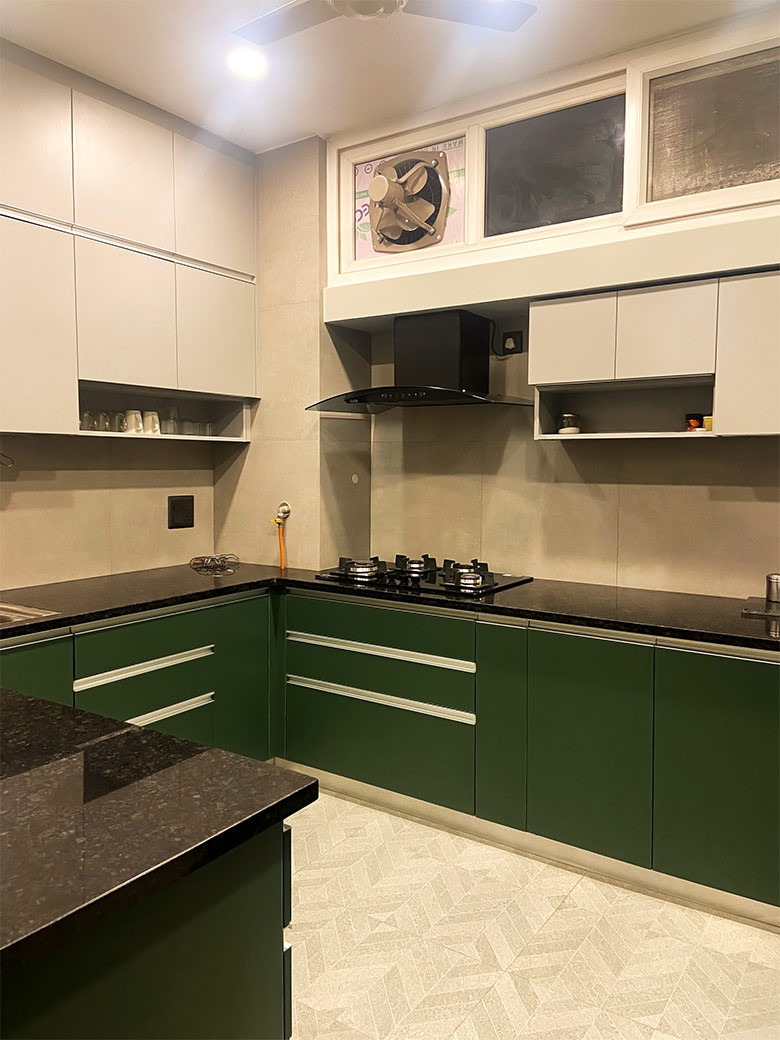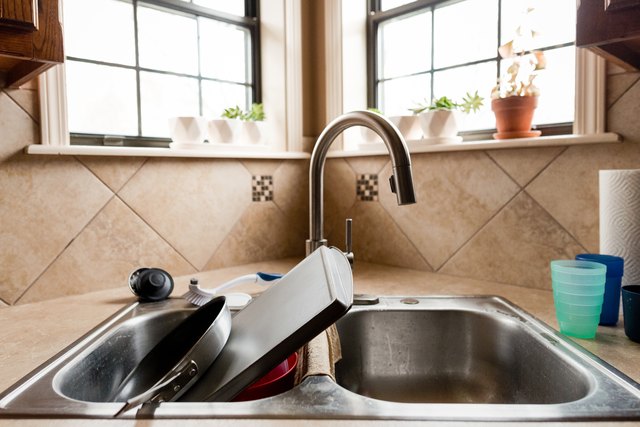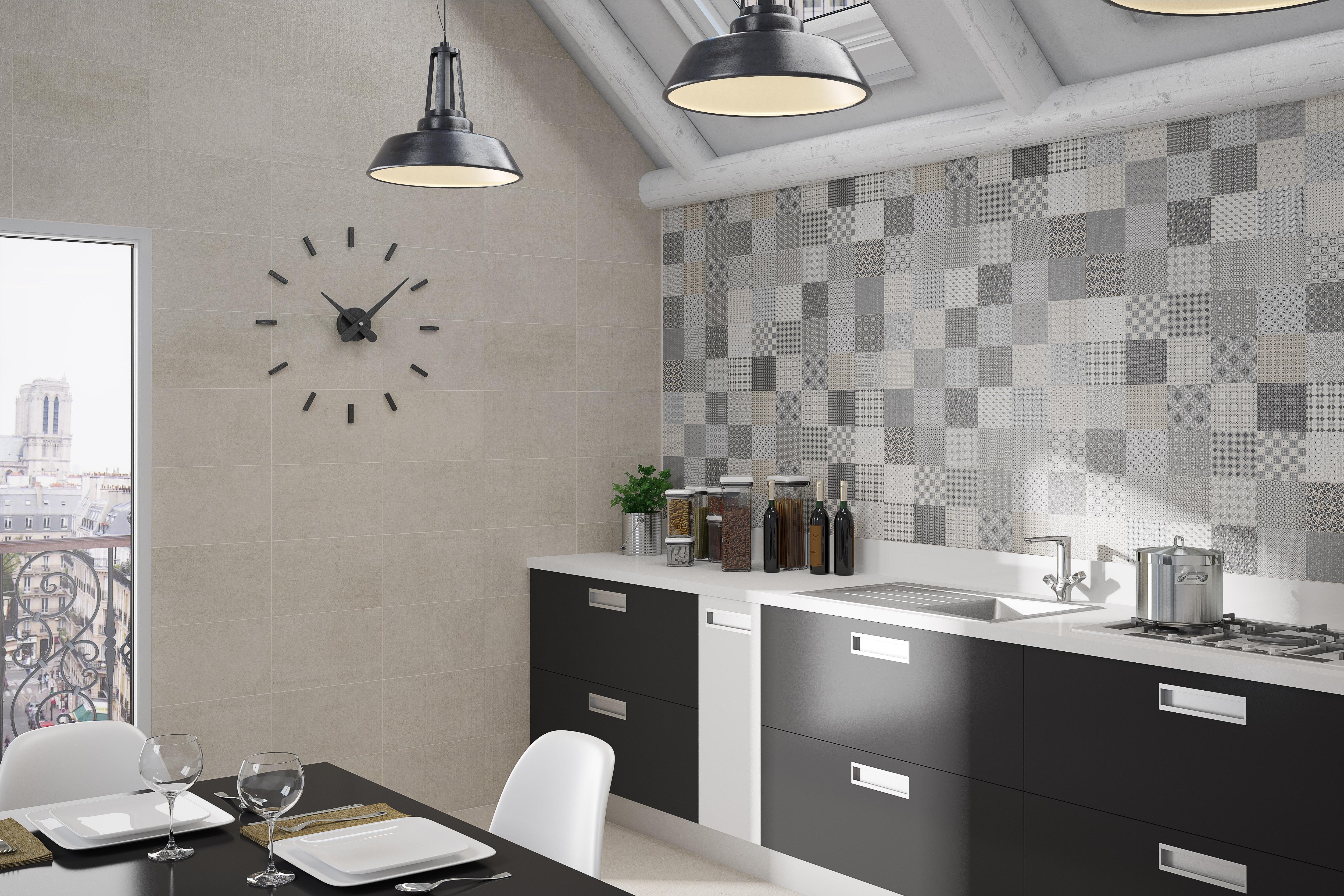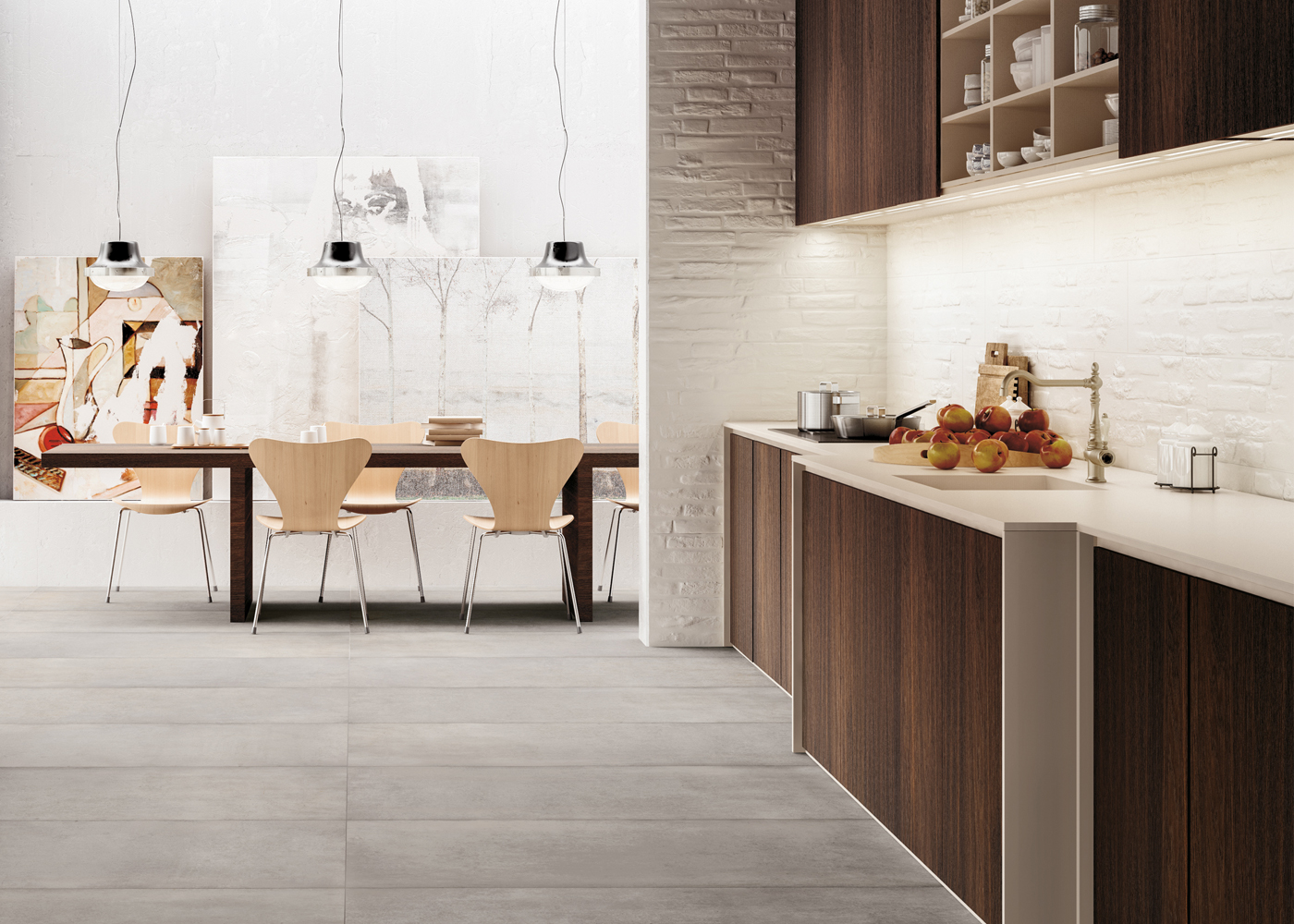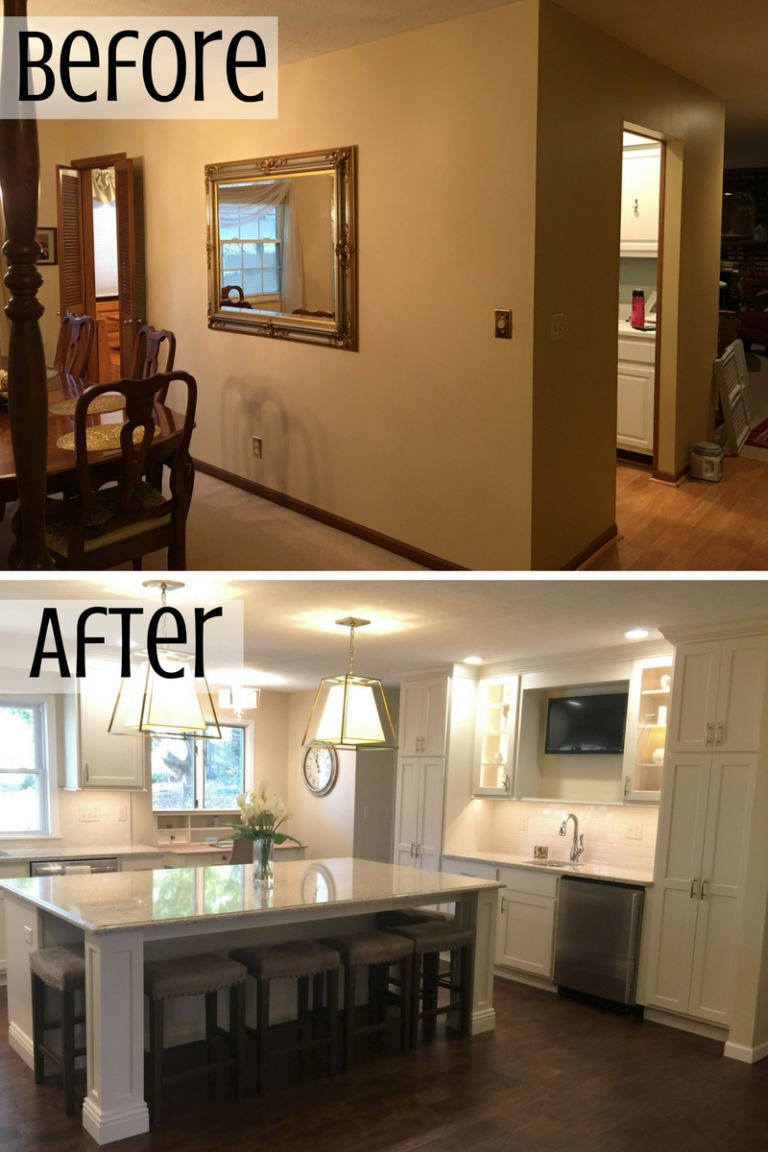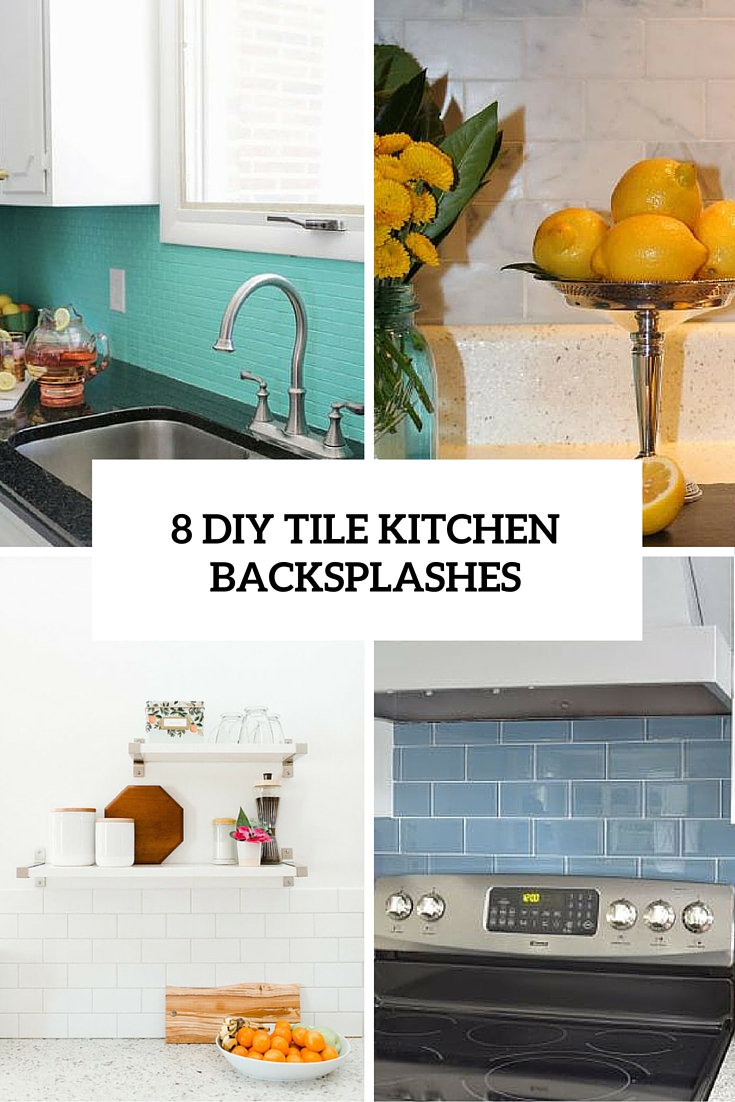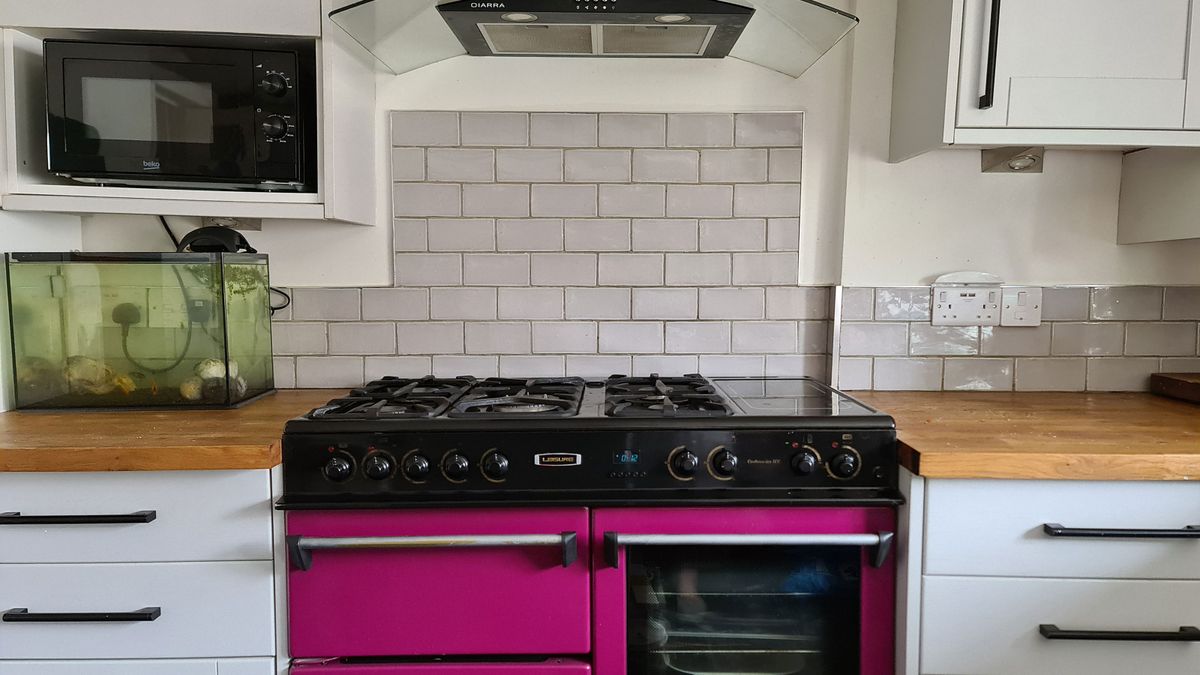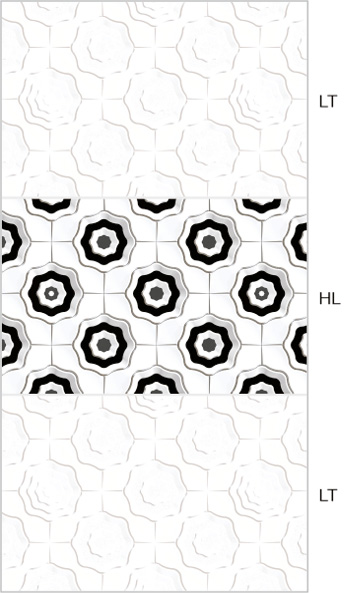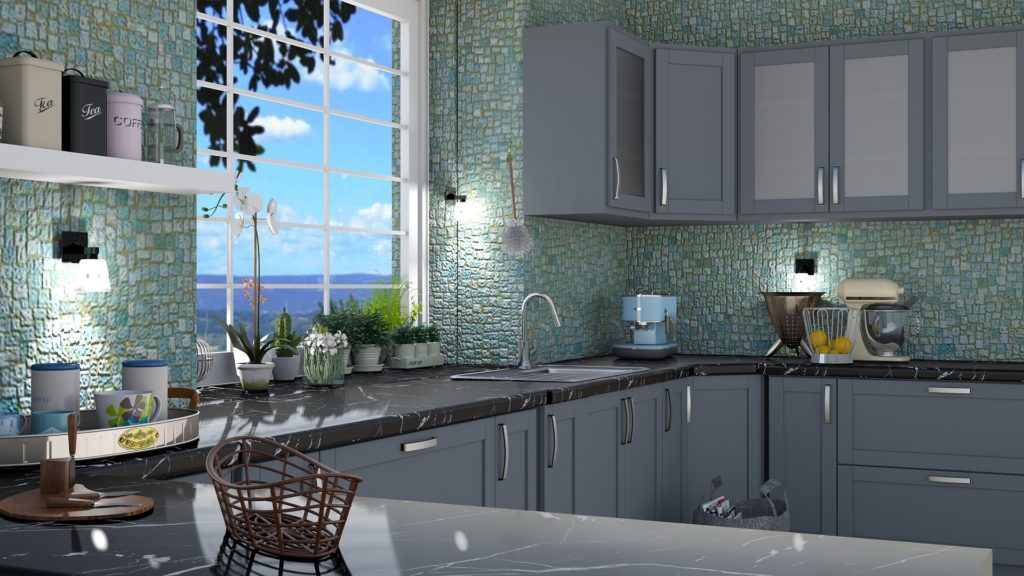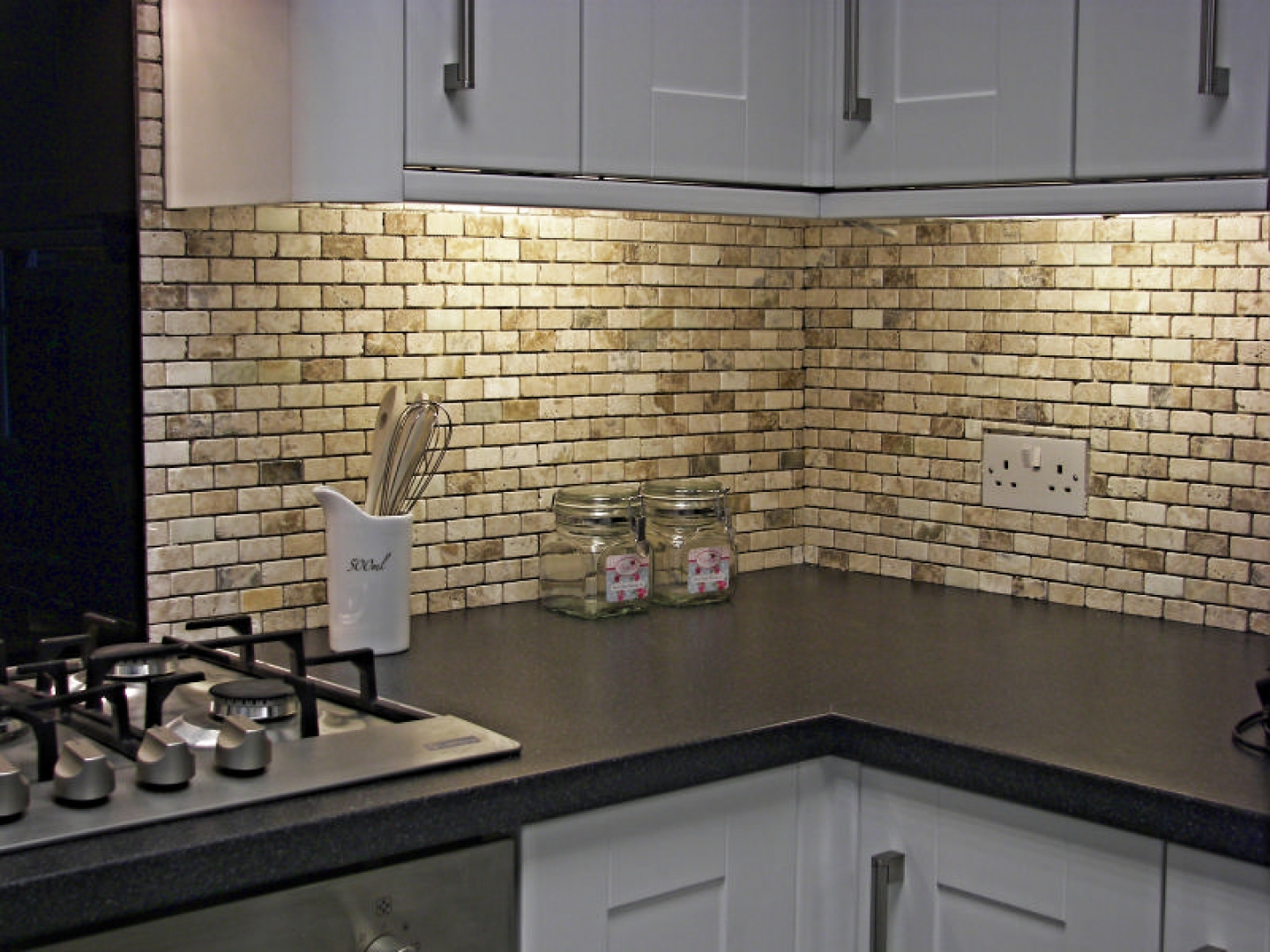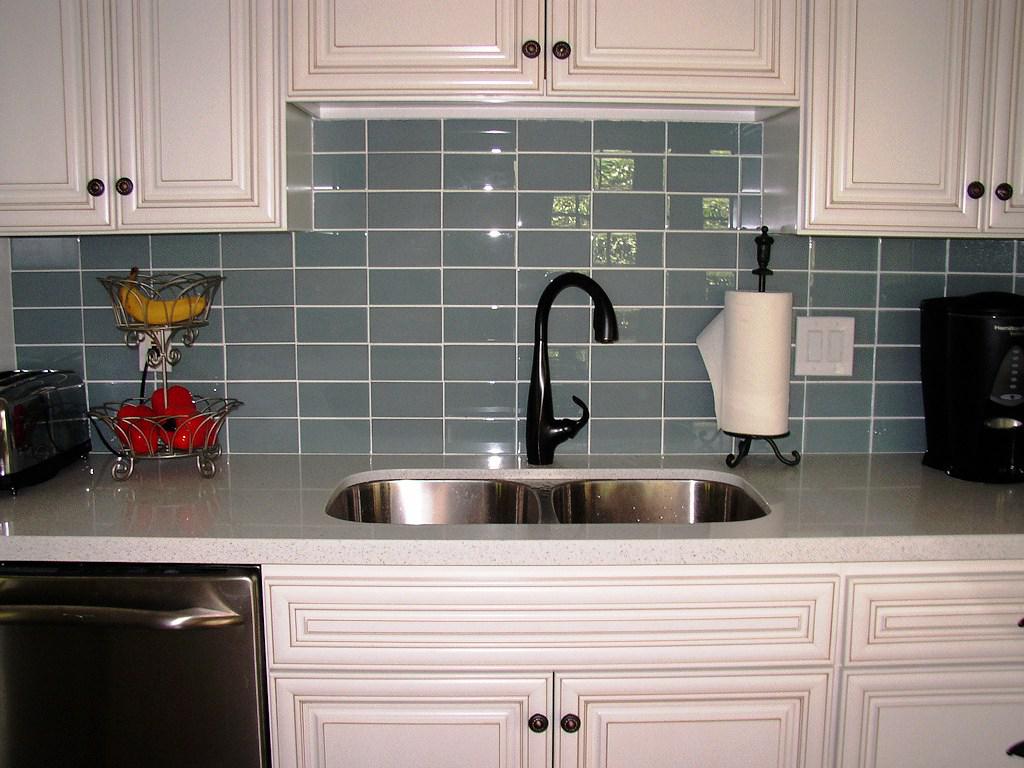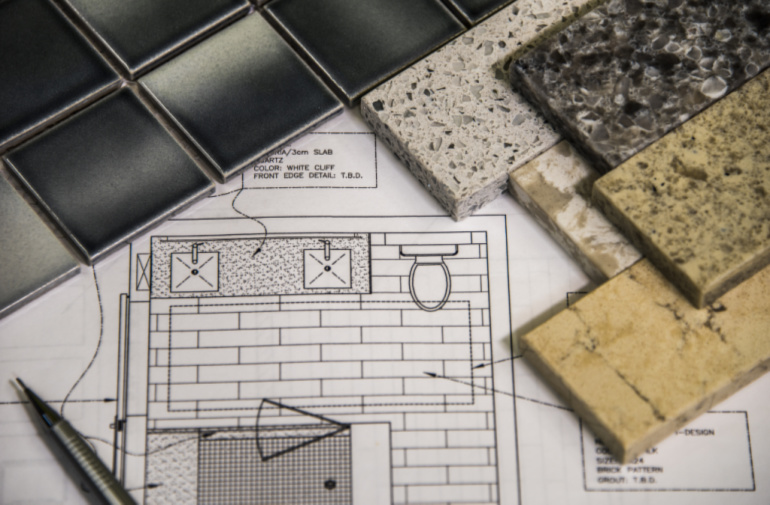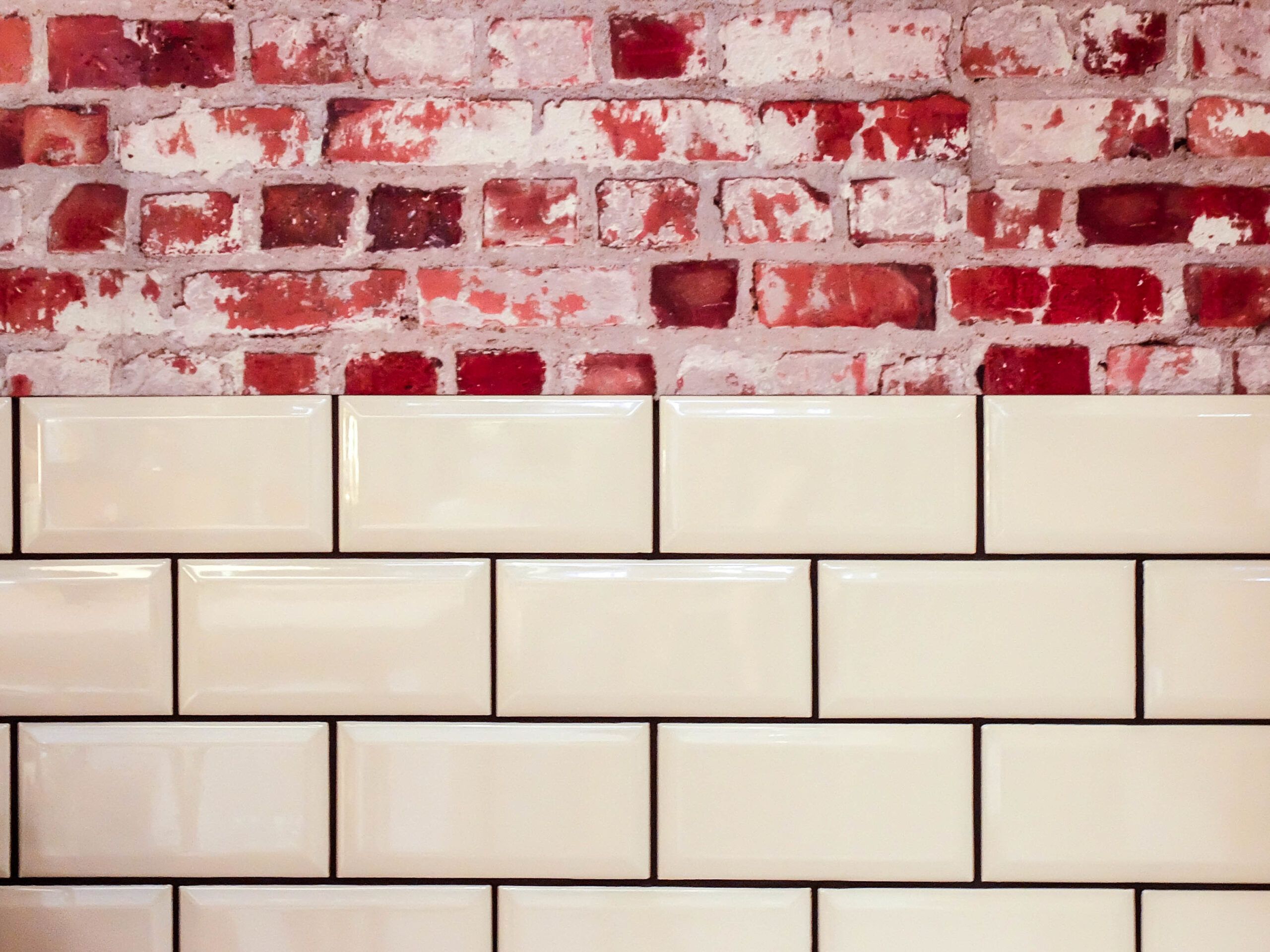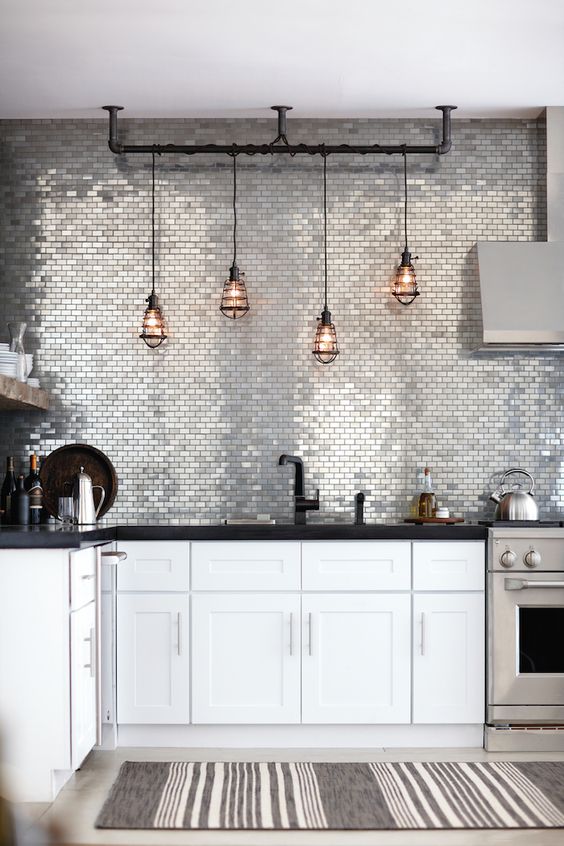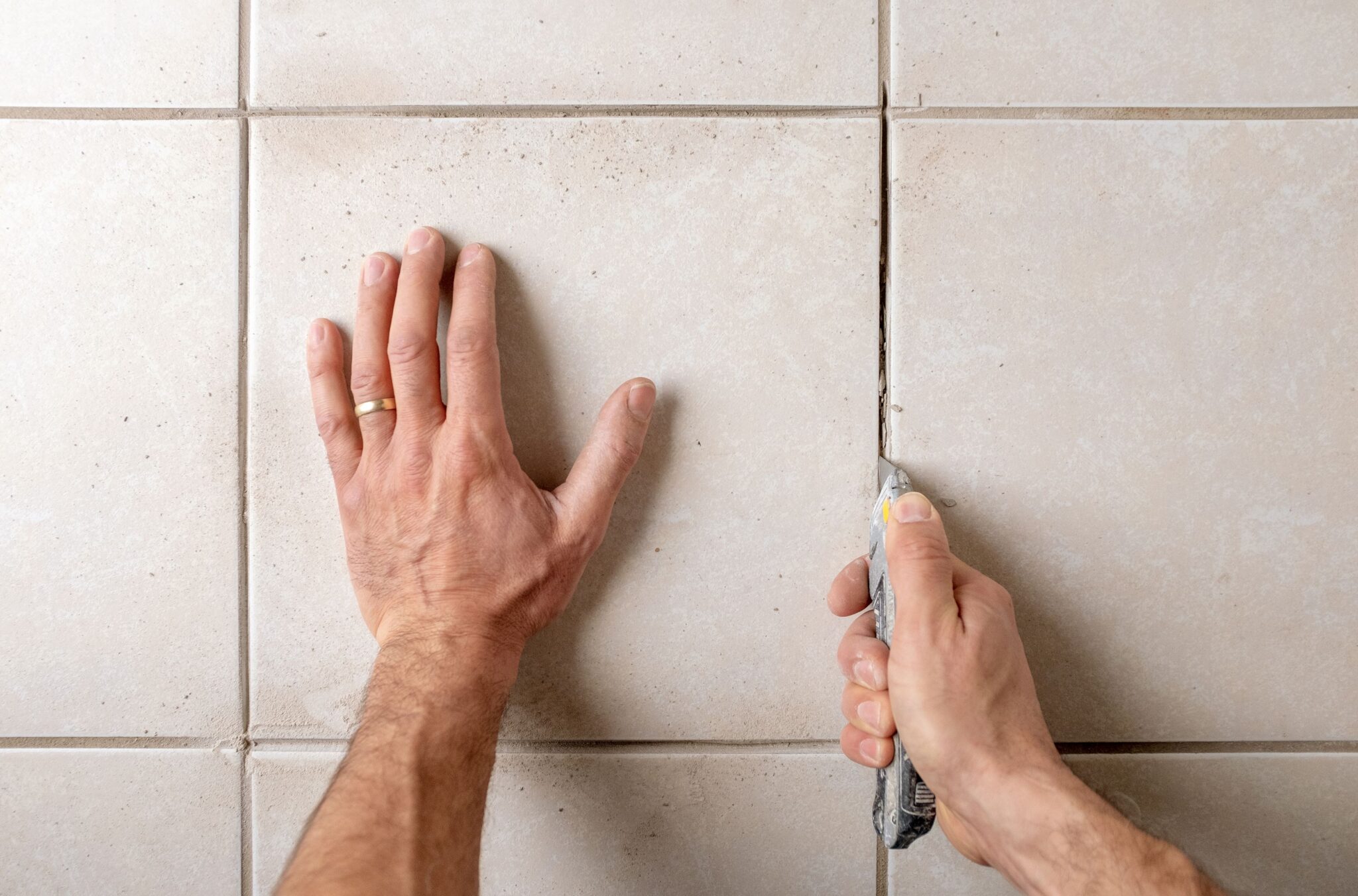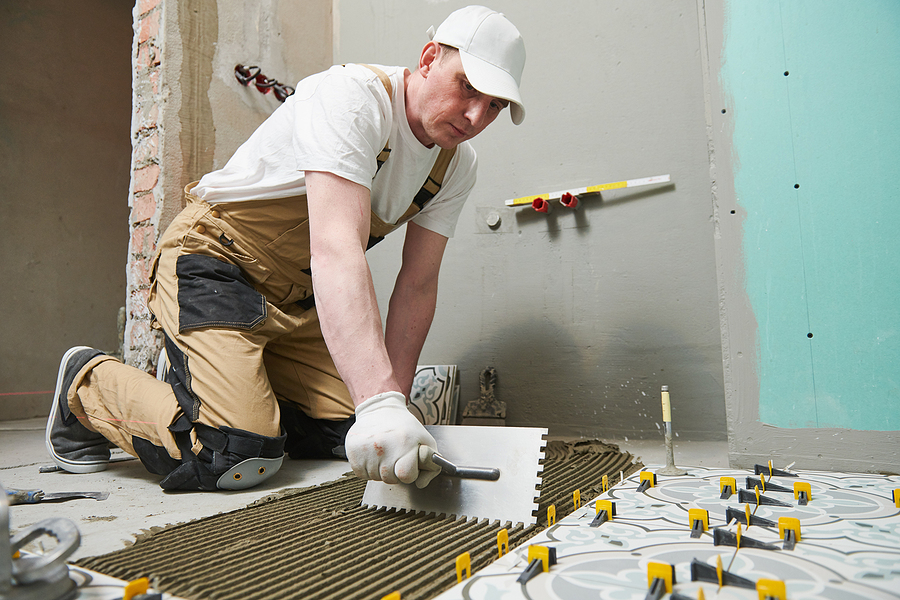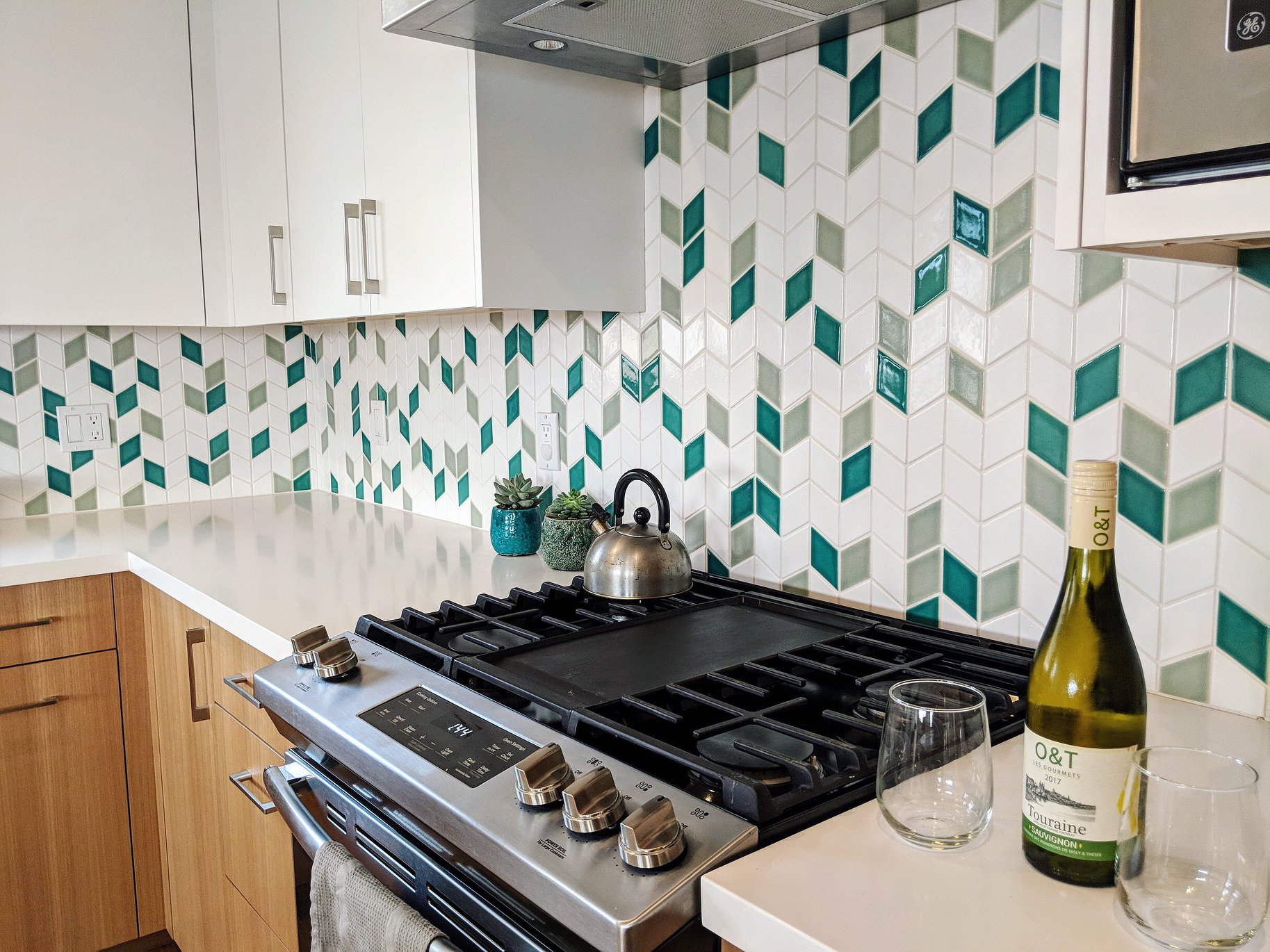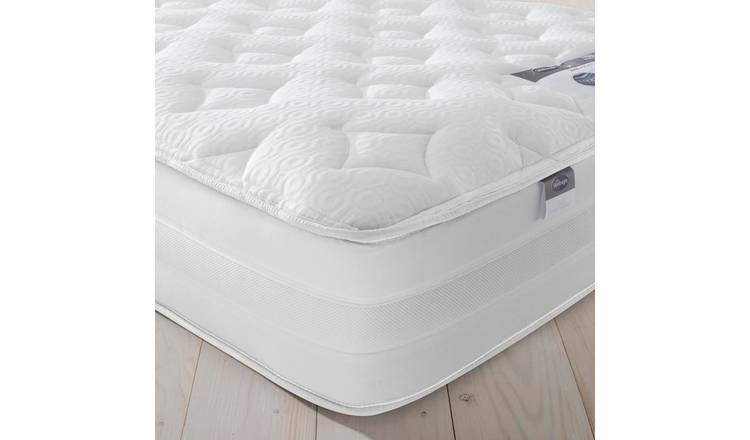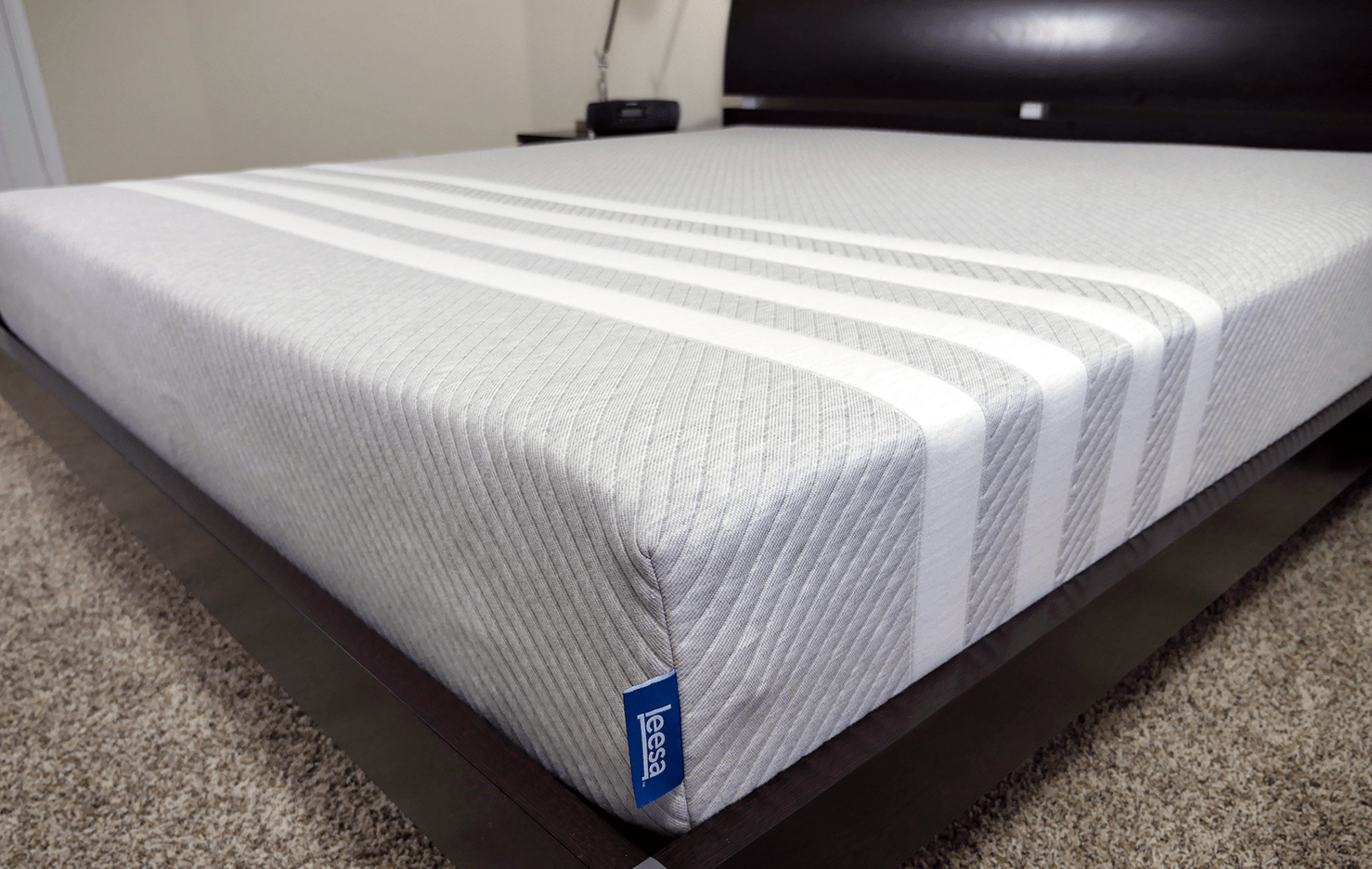If your kitchen wall tiles are outdated or damaged, it may be time to replace them. While the task may seem daunting, with the right tools and knowledge, you can easily replace your kitchen wall tiles yourself. In this article, we will provide a step-by-step guide on how to replace kitchen wall tiles, along with tips and tricks to help you along the way.How to Replace Kitchen Wall Tiles
The first step in replacing your kitchen wall tiles is to remove the old ones. Start by protecting your countertops and floors with drop cloths or plastic sheeting. Then, using a hammer and chisel, carefully break and remove the old tiles. Be sure to wear protective eyewear and gloves while doing this. Once all the old tiles are removed, clean and prep the surface for the new tiles.How to Remove and Replace Kitchen Wall Tiles
Replacing your kitchen wall tiles can be a great DIY project. Not only does it save you money, but it also allows you to customize your kitchen to your liking. With the right tools and materials, you can easily achieve professional-looking results. However, if you are not confident in your abilities, it is always best to hire a professional to ensure a quality finish.DIY Kitchen Wall Tile Replacement
Step 1: Measure and purchase the right amount of replacement tiles. Be sure to buy a few extra in case of any mistakes. Step 2: Prep the surface by cleaning and removing any debris or old adhesive. Step 3: Lay out your tiles in the desired pattern to ensure a proper fit. Step 4: Apply tile adhesive to the back of the tile with a notched trowel. Step 5: Press the tile onto the prepared surface, using spacers to maintain an even gap between tiles. Step 6: Repeat the process until all tiles are in place. Step 7: Allow the adhesive to dry according to manufacturer's instructions. Step 8: Once dry, remove the spacers and grout the tiles, filling in the gaps between tiles with a grout float. Step 9: Wipe away excess grout with a damp sponge and allow to dry. Step 10: Seal the grout with a grout sealer to protect against stains and moisture.Step-by-Step Guide for Replacing Kitchen Wall Tiles
Replacing kitchen wall tiles may seem like a daunting task, but with these tips and tricks, you can make the process easier: Tip 1: Use a tile cutter to ensure clean and precise cuts. Tip 2: Lay out your tiles in a dry run before applying adhesive to ensure a proper fit. Tip 3: Use a level to make sure your tiles are straight. Tip 4: Use a grout release product to make cleaning excess grout easier. Tip 5: Use a grout colorant to change the color of your grout for a new look.Replacing Kitchen Wall Tiles: Tips and Tricks
To successfully replace your kitchen wall tiles, you will need the following tools and materials: Tools: Hammer, chisel, notched trowel, tile cutter, level, grout float, sponge. Materials: Replacement tiles, tile adhesive, tile spacers, grout, grout sealer.Tools and Materials Needed for Replacing Kitchen Wall Tiles
While replacing kitchen wall tiles can be a DIY project, there are some common mistakes that can be easily avoided: Mistake 1: Not properly preparing the surface before applying new tiles. Mistake 2: Using too much or too little adhesive, resulting in uneven tiles. Mistake 3: Not using spacers, resulting in uneven gaps between tiles. Mistake 4: Not allowing the adhesive and grout to dry properly before using the area. Mistake 5: Not sealing the grout, making it susceptible to stains and moisture.Replacing Kitchen Wall Tiles: Common Mistakes to Avoid
The cost of replacing kitchen wall tiles can vary depending on the size of your kitchen, the type of tiles you choose, and whether you hire a professional or do it yourself. On average, the cost can range from $500-$1000. However, doing it yourself can save you money on labor costs.Cost of Replacing Kitchen Wall Tiles
When choosing replacement tiles for your kitchen, there are a few things to consider: Tile type: Ceramic, porcelain, and natural stone are popular choices for kitchen wall tiles. Tile size: Larger tiles can make a small kitchen look bigger, while smaller tiles may be more suitable for a larger kitchen. Tile color: Consider the overall color scheme of your kitchen to choose complementary or contrasting tiles. Tile pattern: From subway to mosaic, there are various patterns to choose from to add texture and style to your kitchen.How to Choose the Right Replacement Tiles for Your Kitchen
Ultimately, the decision to hire a professional or do it yourself will depend on your budget and skill level. If you have the necessary tools and feel confident in your abilities, DIY can save you money. However, if you want a flawless finish or do not have the time or skills to do it yourself, hiring a professional may be the better option.Professional vs. DIY: Which is Better for Replacing Kitchen Wall Tiles?
Why Replacing Kitchen Wall Tiles is a Great Way to Refresh Your Home Design

The Importance of Kitchen Wall Tiles
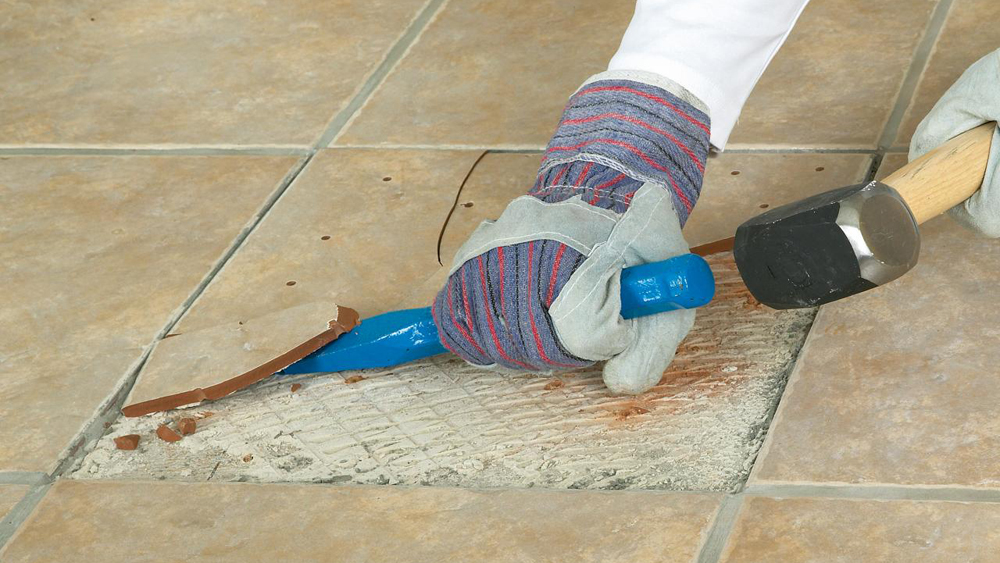 Kitchen wall tiles are an essential element in any kitchen design. Not only do they protect your walls from splashes and stains, but they also add personality and style to your space. Over time, however, these tiles can become worn, cracked, or outdated, leaving your kitchen looking dull and uninviting.
Replacing
kitchen wall tiles
is a great way to give your kitchen a fresh and modern look without breaking the bank.
Kitchen wall tiles are an essential element in any kitchen design. Not only do they protect your walls from splashes and stains, but they also add personality and style to your space. Over time, however, these tiles can become worn, cracked, or outdated, leaving your kitchen looking dull and uninviting.
Replacing
kitchen wall tiles
is a great way to give your kitchen a fresh and modern look without breaking the bank.
The Benefits of Replacing Kitchen Wall Tiles
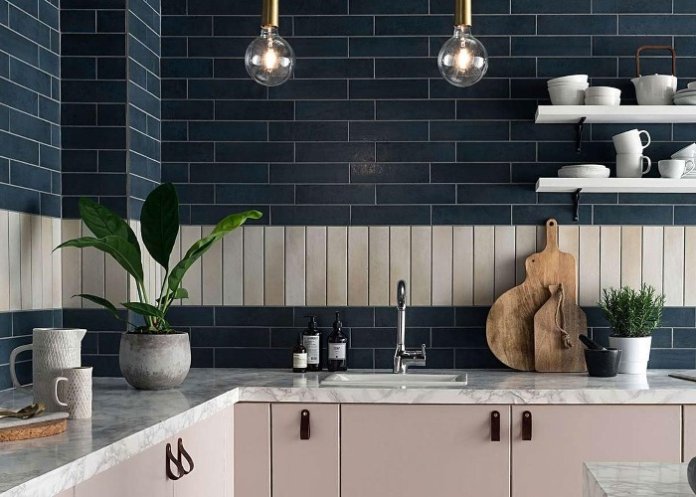 Replacing
old or damaged kitchen wall tiles has several benefits that can greatly improve the overall look and feel of your kitchen. First and foremost, it instantly
refreshes
the design
of your kitchen
. With a variety of colors, patterns, and materials to choose from, you can completely transform the look and style of your kitchen. Additionally,
replacing
kitchen wall tiles can also increase the
value
of your home. A modern and well-maintained kitchen is a major selling point for potential buyers, making it a wise investment for any homeowner.
Replacing
old or damaged kitchen wall tiles has several benefits that can greatly improve the overall look and feel of your kitchen. First and foremost, it instantly
refreshes
the design
of your kitchen
. With a variety of colors, patterns, and materials to choose from, you can completely transform the look and style of your kitchen. Additionally,
replacing
kitchen wall tiles can also increase the
value
of your home. A modern and well-maintained kitchen is a major selling point for potential buyers, making it a wise investment for any homeowner.
How to Choose the Right Kitchen Wall Tiles
 When
replacing
kitchen wall tiles, it's important to consider a few key factors to ensure you choose the right ones for your space.
Budget
is one of the most important factors to consider, as kitchen wall tiles can range in price depending on the material and design.
Style
is also an important consideration, as you want your new tiles to complement the overall design of your kitchen. Additionally, make sure to choose
high-quality
tiles that are durable and easy to clean, as the kitchen is a high-traffic area prone to spills and messes.
When
replacing
kitchen wall tiles, it's important to consider a few key factors to ensure you choose the right ones for your space.
Budget
is one of the most important factors to consider, as kitchen wall tiles can range in price depending on the material and design.
Style
is also an important consideration, as you want your new tiles to complement the overall design of your kitchen. Additionally, make sure to choose
high-quality
tiles that are durable and easy to clean, as the kitchen is a high-traffic area prone to spills and messes.
The Process of Replacing Kitchen Wall Tiles
 The process of
replacing
kitchen wall tiles may seem daunting, but with the right tools and techniques, it can be a simple and straightforward task. The first step is to
remove
the old tiles, which can be done using a hammer, chisel, and scraper. Once the old tiles are removed, you can
prepare
the wall by cleaning and smoothing the surface. Then, simply
apply
adhesive
to the wall
and
place
the new tiles, making sure to leave space for grout. Once the tiles are in place,
apply
grout and
smooth
out any excess. Finally,
clean
the tiles and let them dry before enjoying your newly refreshed kitchen design.
The process of
replacing
kitchen wall tiles may seem daunting, but with the right tools and techniques, it can be a simple and straightforward task. The first step is to
remove
the old tiles, which can be done using a hammer, chisel, and scraper. Once the old tiles are removed, you can
prepare
the wall by cleaning and smoothing the surface. Then, simply
apply
adhesive
to the wall
and
place
the new tiles, making sure to leave space for grout. Once the tiles are in place,
apply
grout and
smooth
out any excess. Finally,
clean
the tiles and let them dry before enjoying your newly refreshed kitchen design.
In Conclusion
 Replacing
kitchen wall tiles is a great way to
refresh
your home design without the hassle and cost of a full kitchen renovation. With the right materials and techniques, you can easily transform the look and feel of your kitchen while also increasing the value of your home. So don't wait any longer, give your kitchen the upgrade it deserves by
replacing
those old and worn out wall tiles.
Replacing
kitchen wall tiles is a great way to
refresh
your home design without the hassle and cost of a full kitchen renovation. With the right materials and techniques, you can easily transform the look and feel of your kitchen while also increasing the value of your home. So don't wait any longer, give your kitchen the upgrade it deserves by
replacing
those old and worn out wall tiles.
